What is Forging? The Ins And Outs of Squishing Aluminum Into Pistons
When it comes to overall strength, there’s no beating a forged piston. But what is the process that yields the toughest parts in the racing world? We’ll show you.
When it comes to turning raw metal alloys into useful things, two processes dominate – casting and forging. Both have their place, but when strength and light weight are priorities, forging is the method of choice. Though it’s been around for more than six millennia, forging processes continue to advance the state of the art, bringing us everything from sharper, more durable kitchen knives to more fuel efficient jet engines, plus things much closer to our heart: lighter, stronger pistons.
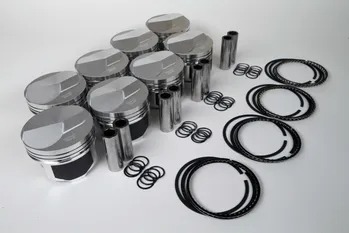
Although forging is a metalworking process thousands of years old, it’s still the best method to produce components with the highest strength and durability.
Forging is defined as the controlled deformation of metal into a desired shape by compressive force. At its most basic, it is a blacksmith working a piece with a hammer and anvil, and those first metalworkers toiling at their forges discovered something important about the pieces they were crafting compared to similar objects made from melted and cast metal, they were stronger and more durable.
Though they knew the finished product was superior, what those ancient smiths didn’t suspect was that the act of forging was changing the internal grain structure of the metal, aligning it to the direction of force being applied, and making it stronger, more ductile, and giving it higher resistance to impact and fatigue. While a cast metal part will have a homogeneous, random grain structure, forging can intentionally direct that structure in ways that give a finished part the highest structural integrity of any metalworking process.
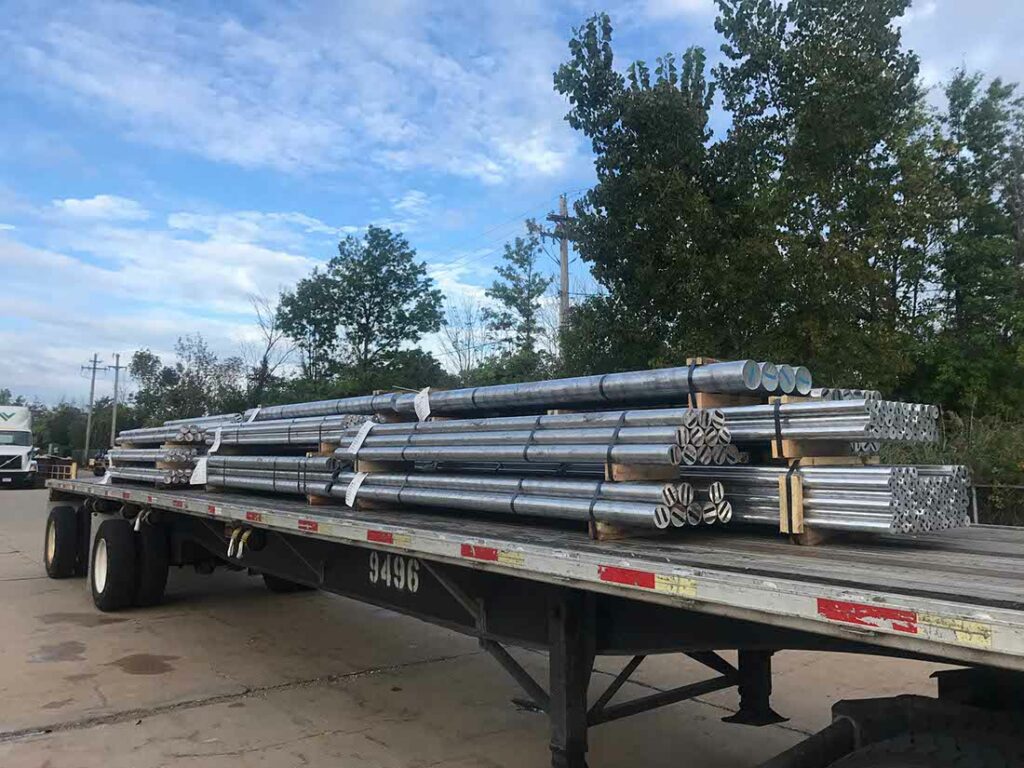
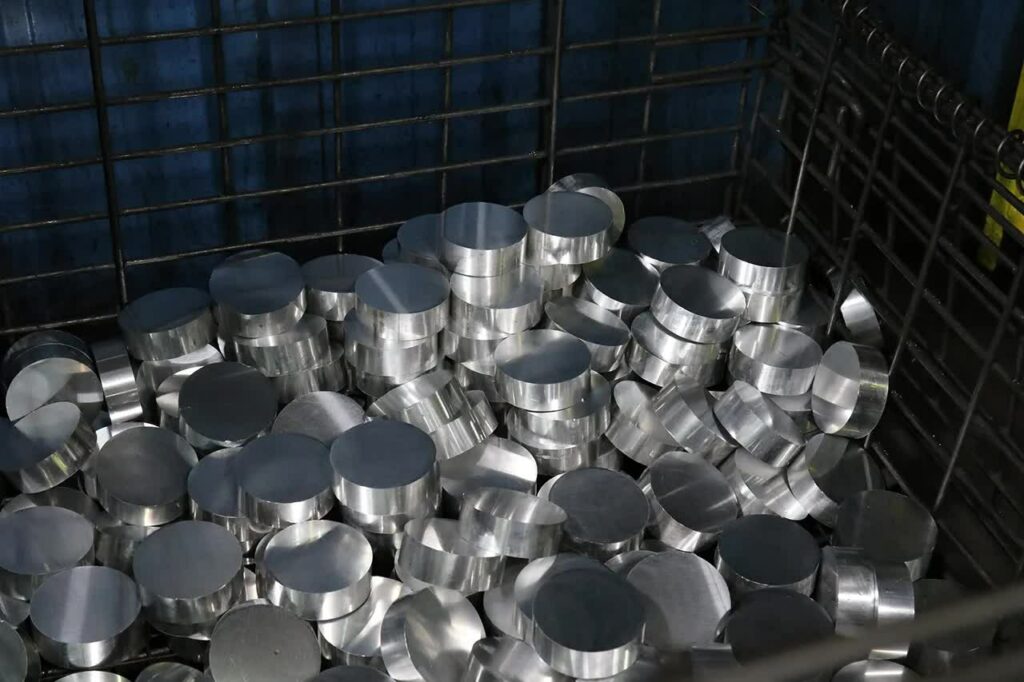
Wiseco forged pistons start as raw bar stock in certified 2618 or 4032 aluminum alloy. Once they are cut into precisely-sized pucks they are ready to be preheated in preparation for forging.
Although many performance enthusiasts might put billet parts at the top of the heap in terms of desirability, the reality is that the billet they are created from has none of the directional grain properties of a forging. For high performance applications, there is simply no better choice than a forged component.
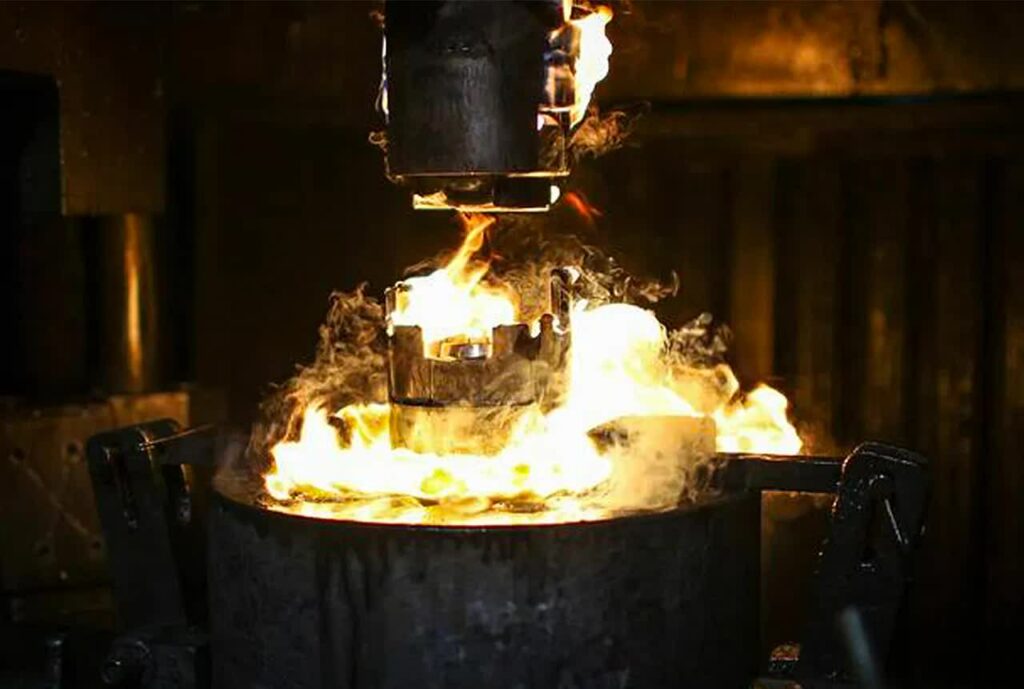
The Wiseco Forging Process
Today’s state of the art in forging technology is far removed from the smith’s bellows-stoked fire and anvil. In Wiseco’s ISO 9000-certified forging facility, pistons begin life as certified grade aluminum bar stock, cut to precise lengths to form slugs. The choice of material is critical – conventional wisdom has always said that a forged piston requires additional piston-to-bore clearance to allow for expansion, leading to noise from piston slap until the engine gets up to temperature, but per Wiseco’s Research and Development Manager David Fussner, Forged pistons do require additional room temperature clearance. However, the 4032 forging alloy we use has about 12% silicon content, and this significantly controls the expansion to nearly the same as a 12% silicon cast piston. The 2618 alloy expands a bit more and does require a bit more room temperature clearance than 4032.
Pistons are forged in a backward extrusion process where a moving punch presses the raw material into the die to form the rough shape. The process takes only a fraction of a second (longer in the isothermic press), and the speed of the press helps determine how material flows, and therefore the internal grain structure of the forging.
While 4032 is more dimensionally stable across the typical operating temperature range seen inside an engine, it does give up a small advantage in ductility to 2618, which has a silicon content of less than 0.2 percent. This makes 2618 a better choice for applications where detonation may be an issue, like race engines running high boost or large doses of nitrous oxide. The low silicon alloy’s more forgiving nature in these instances makes up for the tradeoffs in increased wear and shorter service life compared to 4032.
Once cut to the proper size, slugs are heated to a predetermined temperature and moved to the forging press itself, which is also maintained at a controlled temperature. There are two different types of presses employed at Wiseco; mechanical and hydraulic. Both have a long history in manufacturing, and each has specific strengths. Mechanical forging presses are well-suited to high production rates, helping to keep the overall cost of high-quality forged components affordable. Hydraulic presses have the advantage of variable speed and force throughout the process, allowing greater control of material flow, which can be used to produced forged components with even more precisely controlled physical properties.

Wiseco’s isothermal hydraulic press forges use precise digital control of the temperature of the raw material, the punch, and the die, as well as the pressure exerted during the full motion of the forge. This allows very close control over the physical properties of the finished forging.
Regardless of the type of press, pistons are forged using a backwards extrusion process where the material from the slug flows back and around the descending punch to form the cup-shaped forging. Picture the stationary part of the press ( the die) as the mirror image of the piston top, and the punch as the mirror image of the underside. As the punch descends, the puck is transformed into the rough piston shape with material flowing up along the sides of the die and punch to form the skirt. This entire process takes place on the scale of milliseconds (on the mechanical press), and the all-important flow stresses of the material are determined by the strain rate (or speed) and load applied by the press.
In addition to three mechanical forge presses, Wiseco also has two isothermal hydraulic presses in-house. These state of the art forges maintain the temperature of the piston slug, the die, and the punch very accurately through computer control, delivering more precise dimensions and geometry for the finished pieces, as well as allowing for more complex designs to be successfully forged, and even the creation of metal matrix composite forgings.

Once the puck (left) has been transformed into a forged blank (middle), it still has a ways to go before becoming a completed piston (right).
The Heat Is On
Once the forging process is complete, the components next move to heat treatment. Wiseco’s aerospace-grade heat treatment facility is located in the same plant as the presses, and here the pistons go through a carefully controlled process of heating and cooling that relieves stress induced during forging, increases the overall strength and ductility of the metal, and provides the desired surface hardness characteristics.
While casting can deliver parts straight out of the mold that are very close to their final shape, forgings require a bit more attention in order to get them into shape. Fussner explains, In a dedicated forging for a specific purpose, the interior of the forging blank is at near-net as it comes off the forging press. And in some cases, we also forge the dome near-net with valve pockets and some other features. Other than these items, most other features do require machining.
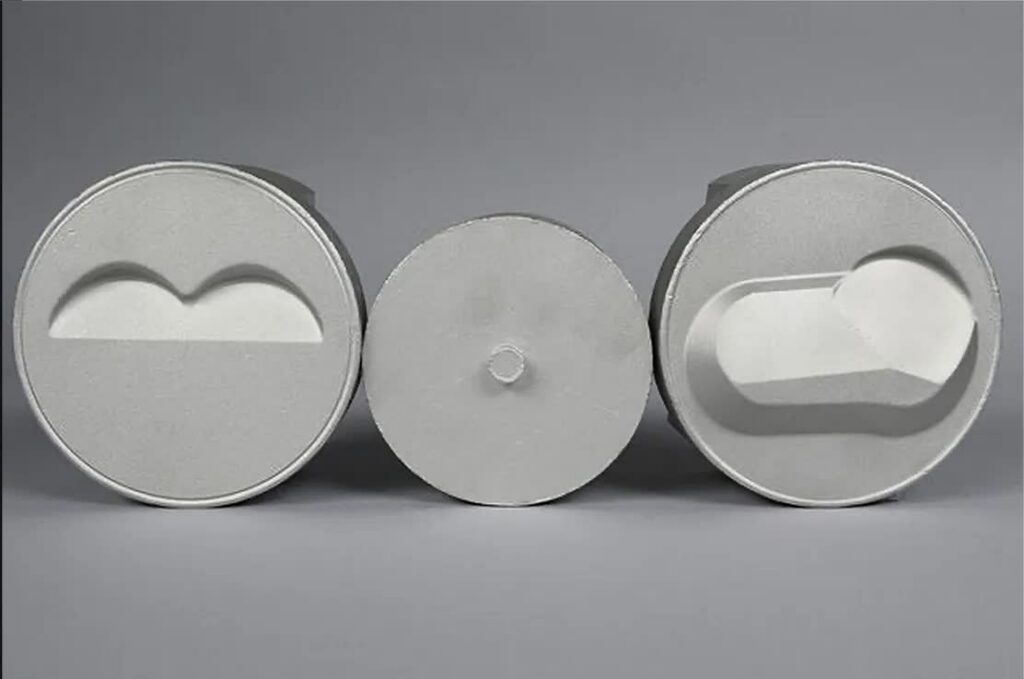
In addition to strength, forged pistons are much closer to their net shape before machining even begins. These Pro Tru Street pistons have valve pockets and domes forged into them, which reduces the amount of machining required and subsequently their cost.
One basic forging may serve as the starting point for many different types of finished pistons, unlike castings which are typically unique to a single design or a small group of very similar designs. Regardless of the manufacturing method for the piston blank, some degree of final machining needs to take place to create a finished part. As a ballpark percentage, I would say about 75% of the forging blank would require machining. Cast pistons also require finish work on the CNC machine, but this is almost always less extensive than a similar forged piston. That’s the main reason why forged pistons are more expensive than a cast piston, Fussner adds.
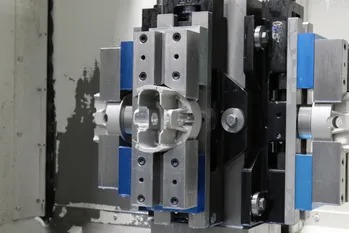
Forged pistons generally require more finish machining than cast slugs, which accounts for the difference in cost. The strength advantage of forged components more than outweighs the additional expense.
Another reason for the added expense of forging is the significant cost of the initial tooling for the die and punch, which must be made to exacting specifications and be durable enough to survive countless forging press cycles. Per Fussner, We control these costs by making all our forging tooling in house at Wiseco headquarters in Mentor, Ohio. The ability to make their own tooling, doing their own forging, and their in-house heat treatment facilities make Wiseco the only aftermarket forged piston manufacturer in the United States with these unique capabilities.
Once the machining process is complete, Wiseco pistons can also receive a number of different proprietary coatings to fine-tune their performance. These include thermal barriers as well as wear reduction treatments.
Though forging is a technique literally as old as the Iron Age, it’s still the undisputed king of manufacturing techniques for light, strong, durable components. Wiseco continues to refine the process with the latest methods, materials, heat treatment, and machining to provide the highest quality aftermarket components available, at an affordable price.
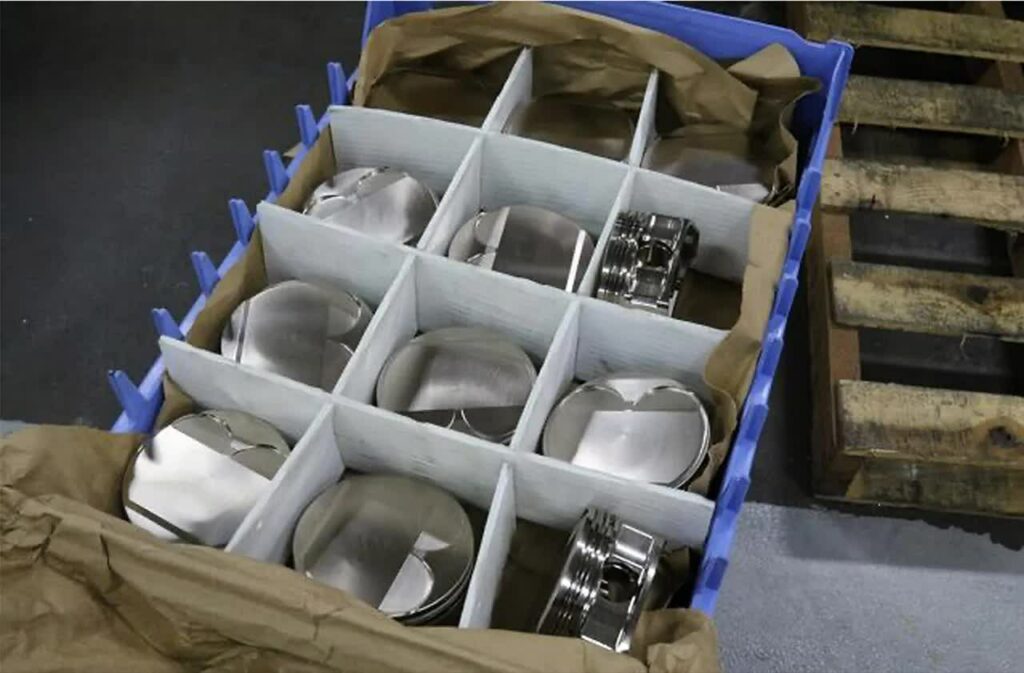
Wiseco forged pistons provide superior quality and performance at an affordable price thanks to the company’s close control over every step of the manufacturing process.
